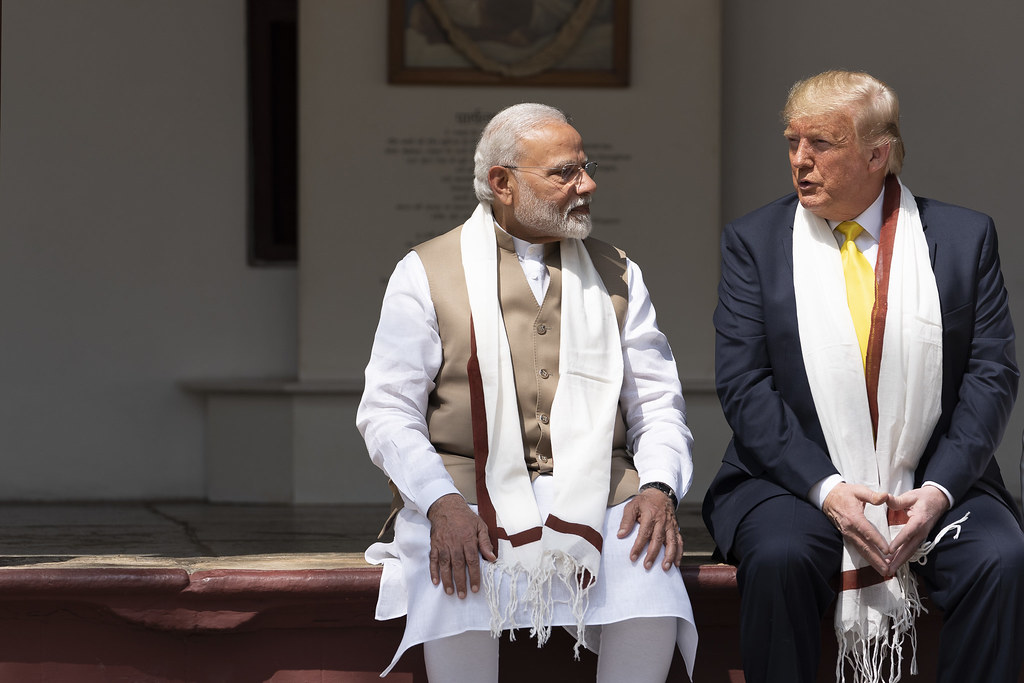US President Donald Trump is implementing a dual strategy with his announcement of a 25% tariff on Indian goods, effective August 1st: correcting trade imbalances and asserting geopolitical influence over India’s Russian ties. This includes an unspecified “penalty” for India’s ongoing procurement of arms and energy from Russia, explicitly linked by Trump to the war in Ukraine.
Despite labeling India a “friend,” the President used his Truth Social platform to lambast India’s trade policies, citing a “massive” trade deficit and “far too high” tariffs on US imports. Trump’s decision intensifies global trade tensions as Washington approaches its August 1st deadline for countries to reach trade agreements.
The White House’s move comes amidst a sweeping global tariff war, with other nations like the EU, Japan, Vietnam, and the UK having recently reached trade deals with the US to limit tariff hikes. India, however, faces a harsher stance, reflecting Trump’s determination to recalibrate international trade relationships and exert pressure on Moscow.
With US goods trade with India estimated at $129.2 billion in 2024, and a $45.7 billion deficit, this tariff imposition marks a critical juncture in Indo-US economic relations. The “penalty” for Russian ties signals a broadening of Trump’s trade leverage to include geopolitical considerations, forcing nations to align more closely with US foreign policy objectives.

